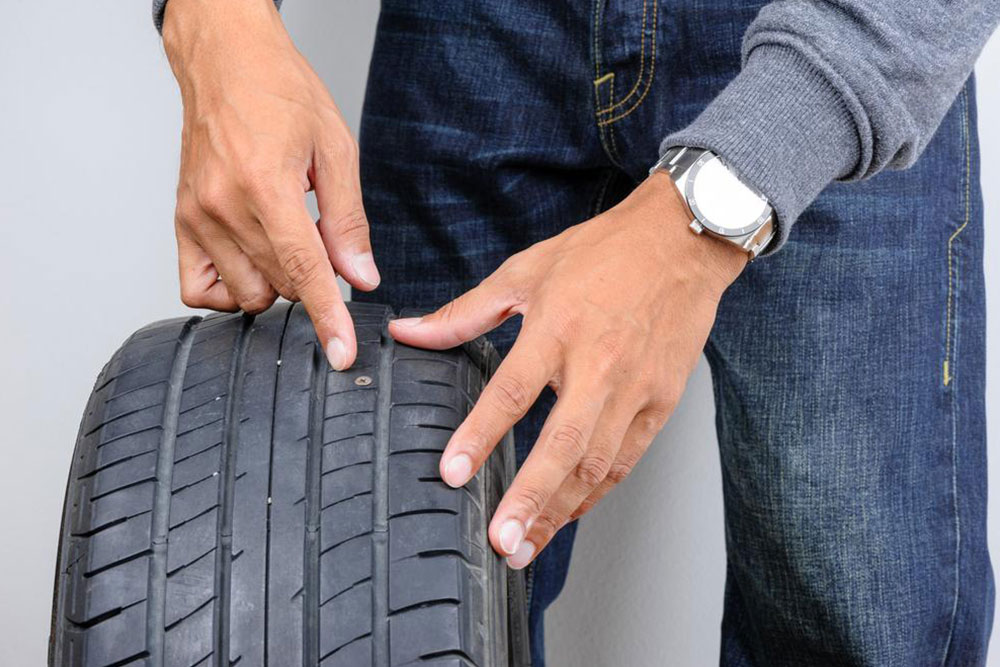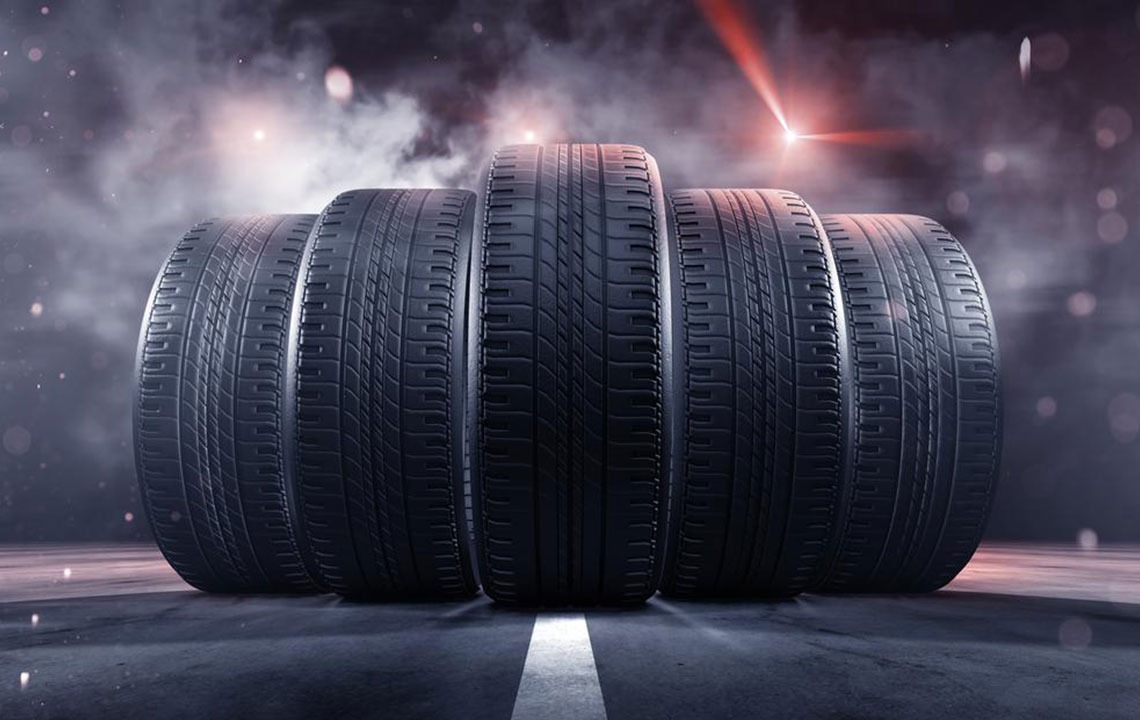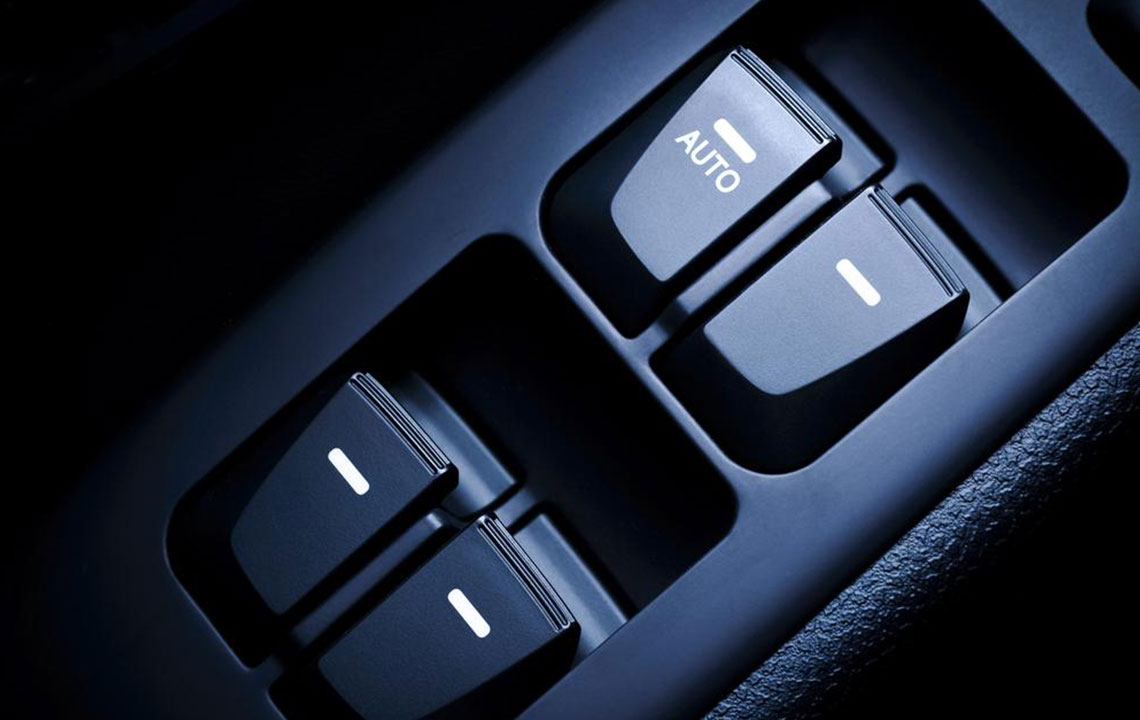Comprehensive Guide to Tubeless Tire Technology: Advantages and Future Trends
This comprehensive article explores the evolution and advantages of tubeless tire technology, highlighting its history, core design principles, and future trends. Discover how tubeless tires improve safety, durability, and vehicle performance, making them the industry standard today.

Comprehensive Guide to Tubeless Tire Technology: Advantages and Future Trends
The evolution of tire technology has significantly transformed the automotive industry, enhancing safety, efficiency, and driving comfort. Among these innovations, tubeless tires stand out as a major breakthrough, widely adopted across various vehicle types due to their numerous benefits. To truly appreciate the significance of tubeless tire technology, it's essential to understand its historical development, core design principles, advantages over traditional tires, and future prospects.
Back in the 1930s and 1940s, pioneering efforts to develop tubeless tires began in England and South Africa. The journey was marked by innovative research and testing, although early challenges hampered widespread production. England's Killen Tire company pioneered this effort, securing a patent in 1930 that laid groundwork for future innovations. Similarly, South Africa's Wingfoot Corporation, an affiliate of the global tire giant Goodyear, obtained a patent in 1944. Despite these advancements, both initiatives faced technical hurdles related to sealing and durability, which delayed mass production and commercial adoption.
It wasn't until the early 1950s that significant breakthroughs revolutionized tubeless tire technology. Frank Herzegh, an engineer at BF Goodrich, developed and patented an improved tubeless tire design in 1952. His innovation involved the use of chloro-butyl rubber, a material known for its exceptional air retention properties. This design eliminated the need for a traditional inner tube, which was a critical limitation of earlier models. Herzegh's design provided a more reliable seal between the tire and the rim, ensuring better air retention and reducing the risk of flats.
The core principle behind tubeless tires involves sealing the tire directly against the wheel rim. Unlike traditional tires that rely on a separate inner tube to hold the compressed air, tubeless tires utilize a specialized bead seat and effective sealing mechanisms. The tire's bead, combined with a tight fit against the rim, creates an airtight environment, preventing air from escaping even under pressure. Modern tubeless tires also incorporate sealing compounds and advanced materials that further enhance their airtight seal, making them more resilient to punctures and vibrations.
The shift from traditional tires with inner tubes to tubeless technology brought numerous advantages that have contributed to their widespread adoption. One of the most significant benefits is the reduced risk of sudden blowouts. Since tubeless tires are less prone to sudden deflation, drivers enjoy safer and more stable driving experiences. Additionally, the elimination of inner tubes results in a lighter overall wheel assembly, which can improve vehicle handling and fuel efficiency. Maintenance is also simplified—drivers no longer need to carry spare inner tubes or deal with the hassle of inner tube punctures and repairs.
Another notable advantage of tubeless tires is their superior durability and robustness. The continuous seal created by the tire and rim prevents debris, dust, and water from entering, thereby reducing wear and tear. The ability to run at lower pressures without risking damage allows for better grip and traction, especially beneficial in off-road and rugged driving conditions. The fact that tubeless tires can be retreated with sealants in case of minor punctures adds a further layer of convenience and safety, allowing for temporary fixes until proper repairs are made.
Over the decades, technological innovations have continued to improve tubeless tire design. Modern tires come equipped with reinforced bead areas, advanced sealing materials, and integrated puncture-resistant layers. These enhancements extend their lifespan and maintain performance standards across different driving conditions. Automakers and tire manufacturers continuously invest in research to optimize tubeless technology, aiming for even higher safety, efficiency, and environmental sustainability.
Looking ahead, the future of tubeless tires appears promising, with ongoing developments focusing on integrating smart technologies and sustainable materials. Innovations like self-sealing compounds, embedded sensors for pressure and temperature monitoring, and eco-friendly compounds are set to redefine tire performance and safety standards. Additionally, with the rise of electric vehicles and autonomous driving systems, the demand for reliable, lightweight, and low-maintenance tires, like tubeless models, will likely increase.
In conclusion, the history and advancement of tubeless tire technology demonstrate its crucial role in modern transportation. From their initial conception to the sophisticated designs of today, tubeless tires have transformed the driving experience by offering enhanced safety, durability, and convenience. As technology progresses, they will continue to underpin innovations in vehicle safety and efficiency, shaping the future of mobility.





